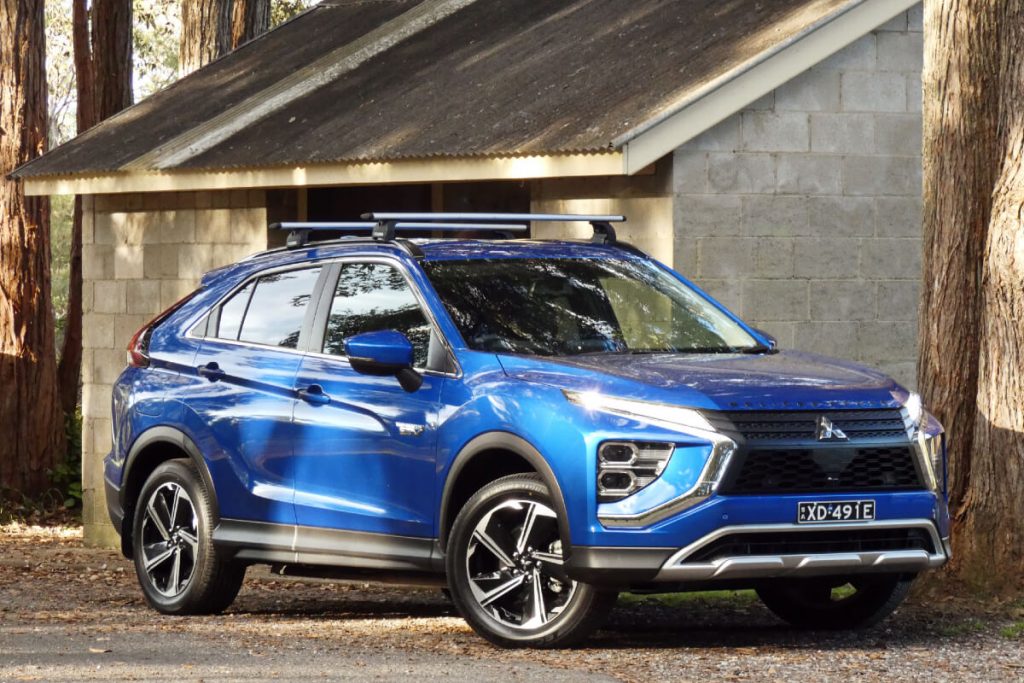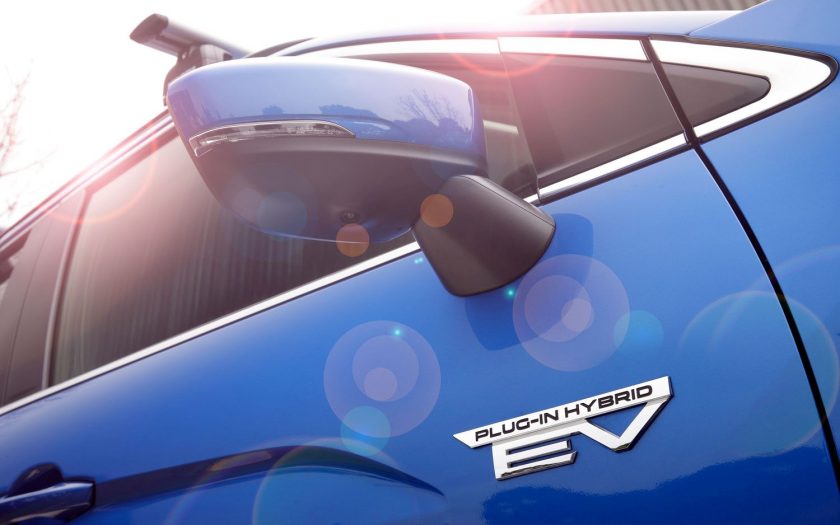ONE OF THE MOST COMMON complaints we get from our readers is that they are often unable to get anywhere close to the claimed and published fuel consumption figures.
Our usual response is that the testing is carried out under conditions that only vaguely replicate real world situations, and these numbers should be used for comparison purposes only, and most people understand that.
But one area where we agree that the numbers are completely out of kilter is for plug-in hybrid models.
Electric cars use power in a similar way to a petrol-engined car. But PHEVs are quoted with incredibly low consumption figures because the testing ignores that a lot of a work is being done by a battery and the electric motor(s).

Taking the Mitsubishi Eclipse Cross PHEV as a typical case. The quoted fuel consumption sits at an impressive 1.9L/100km. Now, you could conceivably match that figure over a relatively short time period. Your internal combustion engine will only kick in a couple of times on a drive where you’re using mostly electric power.
But in the real world, you’ll often be driving with a depleted battery and relying on ICE power. In that scenario, and taking into account that PHEVs are heavier than their ICE equivalents, you’ll be using closer to eight or nine L/100km.
It is because the WLTP (World Harmonised Light Vehicles Test Procedure) is structured.
If a PHEV is tested using only electric power, then the results will only be realistic for journeys of a similar length to the test. However, most people will use a PHEV on occasion for longer trips, considerably more than the WLTP test cycle of 23.25km.
A fairer comparison would have two fuel consumption figures: one with the battery fully charged and a second figure with the battery completely depleted. Of course, even with a fully charged battery, the engine will intervene at higher speeds, but even then, the consumption figure will be incredibly low. But since most of us don’t drive that way, and especially all the time, it makes sense to define the vehicle’s efficiency once the battery is only being charged by the engine and braking.
Even the car manufacturers admit the testing system is far from perfect. But we haven’t heard any plans to change it.
